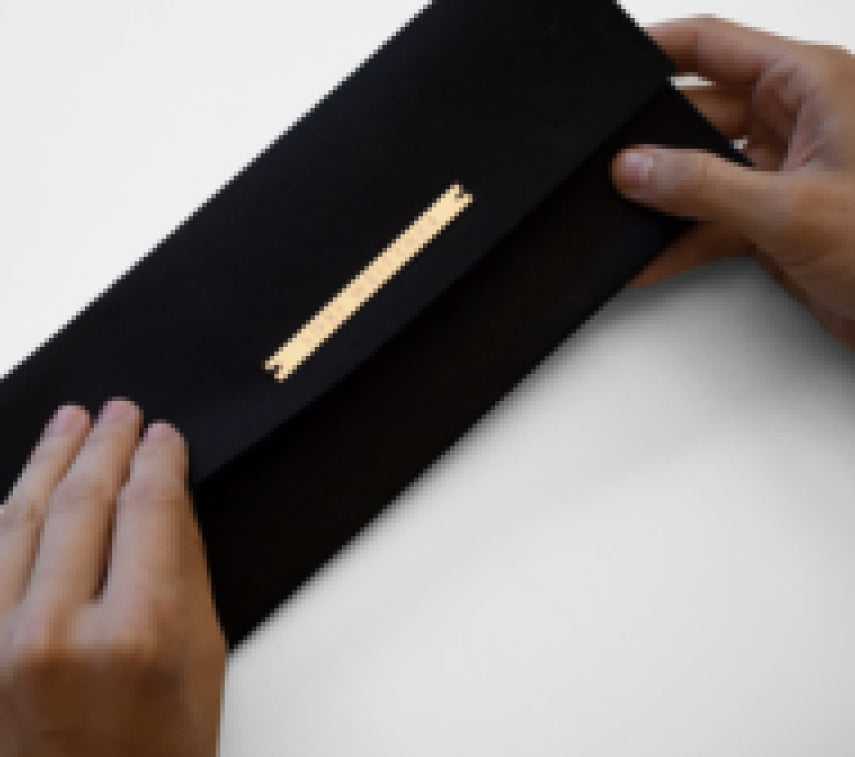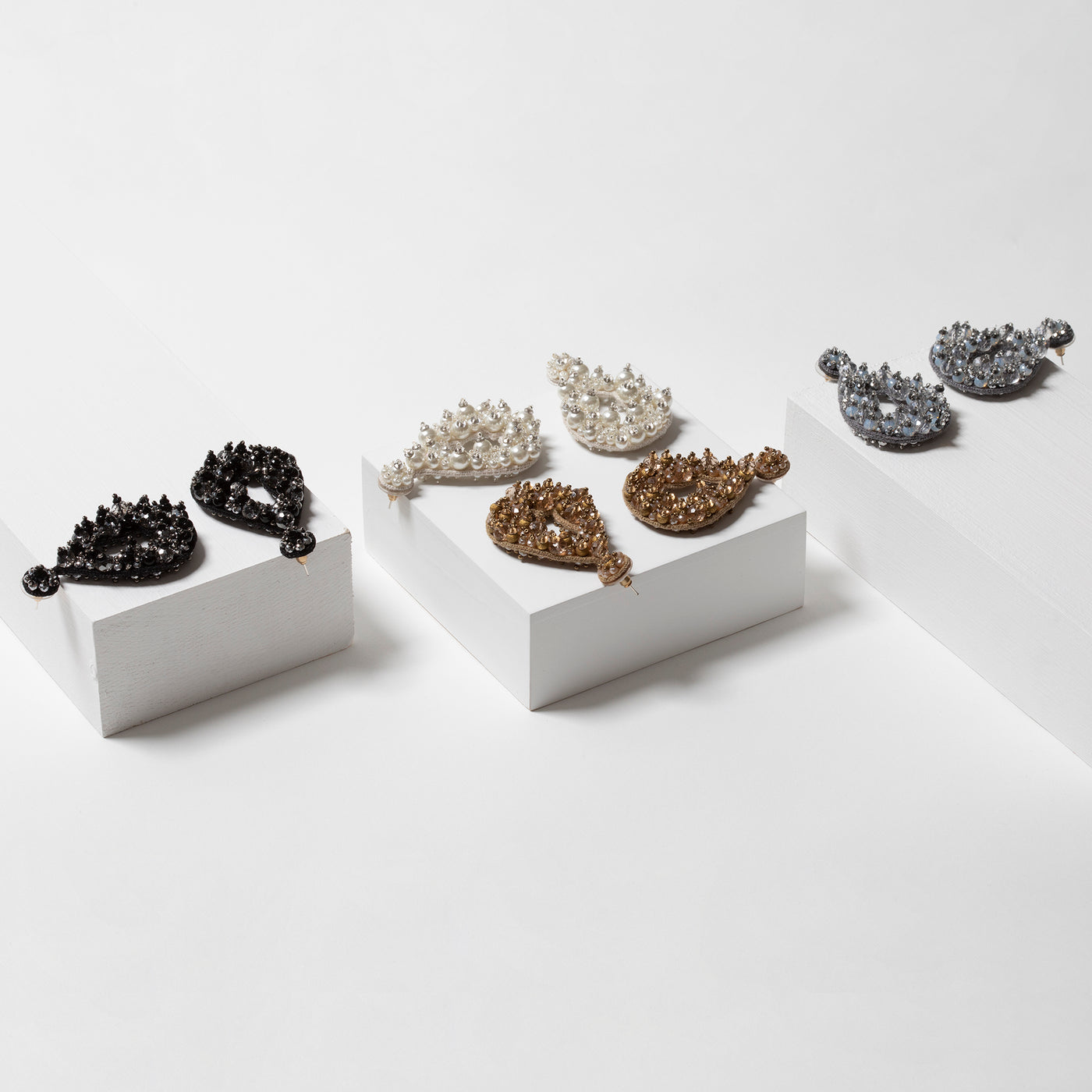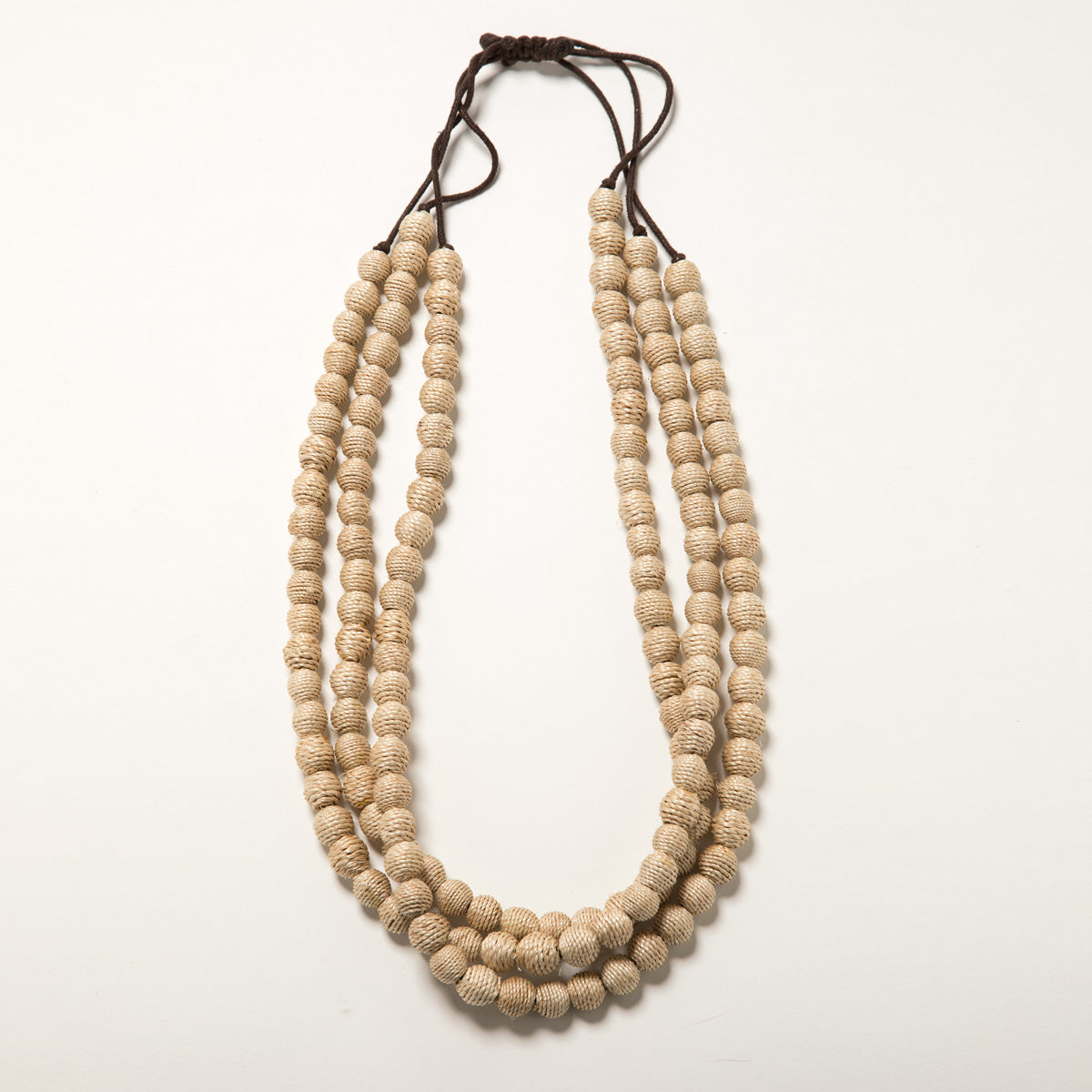The History Of The Royal Crown Jewels
Of all the jewelry ever made, few capture the imagination or are held in as high esteem as the Royal Crown Jewels. This world-famous collection of sacred and ceremonial objects has long been the subject of many heist movies and detective novels, and it’s no wonder why. The Crown Jewels are not only highly symbolic in Britain and the most historically complete of any regalia in the world, they remain a working collection and their beauty is simply unrivaled.
In today’s post, we take a closer look at this unique collection of jeweled items and what they each signify.

The Crown Jewels History From the Middle Ages to Today
England’s monarchs have used jeweled regalia since it was converted to Christianity in the Middle Ages. Since that time, the Royal Crown Jewels have gone through two iterations. The original set was created during the 12th century after Edward the Confessor was made a saint. This set was considered holy and thus it was kept under lock and key at Westminster Abbey, the site of England’s coronations since 1066.
In 1642, England witnessed a Civil War that lasted for seven years, ending in 1649 with the execution of Charles I. With Charles I no longer in power, Britain’s monarchy would come to an end and along with it, the end of the Crown Jewels.
The Original Crown Jewels and the End/Restoration of British Monarchy
After the monarchy was abolished, many pieces in the original collection of regalia was either sold or melted down into hundreds of gold coins by the Mint. Only a few original items remained – a late 12th-century anointing spoon (the oldest object), three early 17th-century swords, the Crown of Margaret of York, the Crown of Princess Blanche, and a 600-year-old Crystal Sceptre, a gift from Henry V to the Lord Mayor of London.
Britain’s monarchy would eventually be restored in 1660 when Charles II was coronated after spending 14 years in exile and thus, a new set of Crown Jewels was created based on historic records of the lost items. They were crafted out of 22-carat gold to resemble as much as possible the medieval regalia and they were even entrusted with the original names. The cost for making the new pieces was estimated to be approximately £13,000, or as much as three fully equipped warships. The newer pieces are what we recognize as the Royal Crown Jewels today. The collection includes a total of 142 objects, with the most prized being:
- St Edward's Crown (contains 444 precious and semi-precious stones and is made from solid gold)
- The Imperial State Crown (contains 2,868 diamonds, 17 sapphires, 11 emeralds, 269 pearls and 4 rubies)
- The Sovereign’s Sceptre and rod (contains a 520.2 carat Cullinan I diamond, the largest top quality cut white diamond in the world)
- The Sovereign’s Orb

The Crown Jewels are Among the Most Visited Objects in the World
Today, the Royal Crown Jewels are kept safe in a vault of bombproof glass in the Jewel House at the Tower of London and under constant surveillance by more than 100 hidden CCTV cameras. They were relocated to the Tower of London in the 14th century after a string of attempted and successful thefts during their time being stored at Westminster Abbey.
But as priceless and revered as this collection is, it remains on display for the public to see it. In fact, it is estimated that over 30 million people have seen the Crown Jewels since the collection was moved to the Tower of London. Whether people are taken in by the rich and war-torn history of the Crown Jewels or they’re simply enamored by their sheer beauty and craftsmanship, the Jewels are among the most visited objects in all of Britain, and arguably the world.
Honoring the gold tradition, Lori Weitzner loves to use gold hues in her pieces. 


